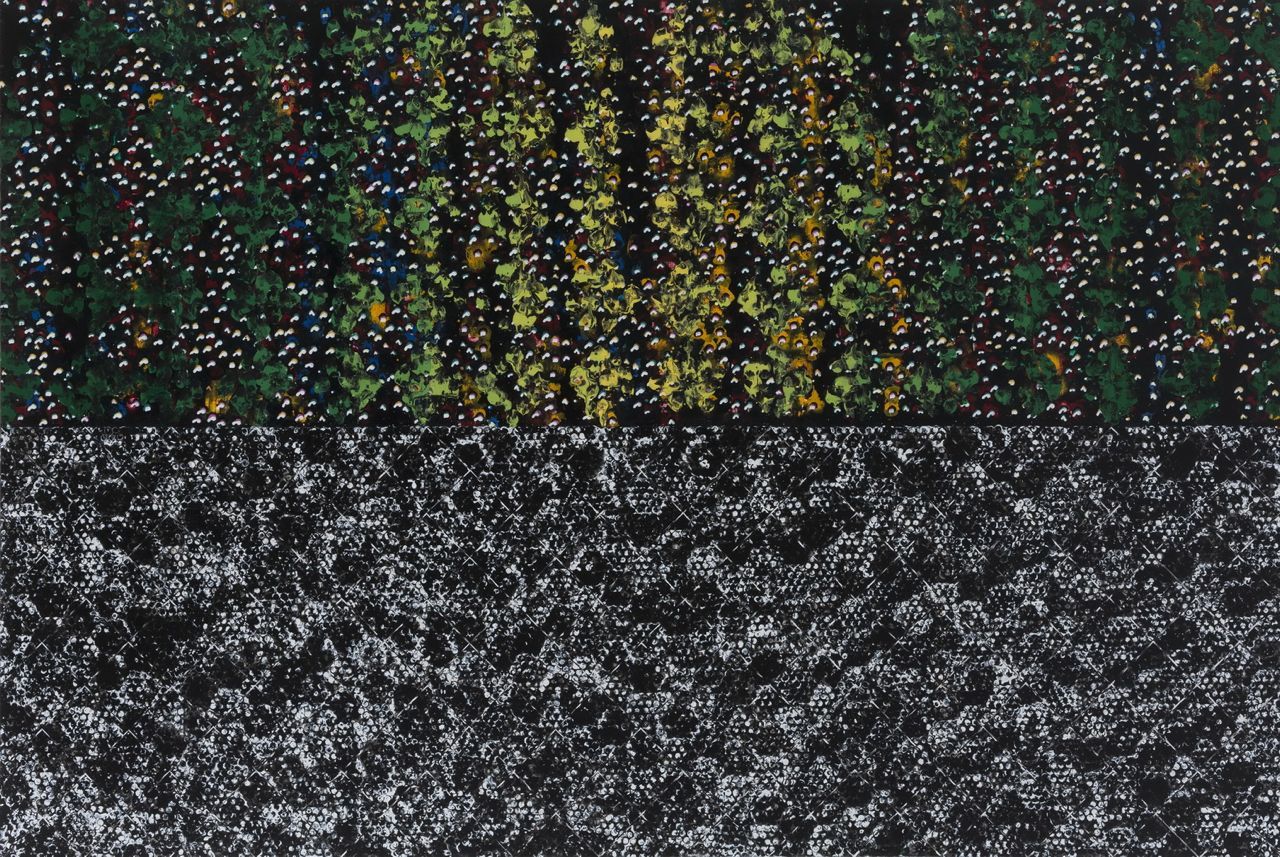
Contemporary by Angela Li proudly presents ‘Aurora’, the first Hong Kong solo exhibition of Chinese artist Zheng Yiqiang. Zheng completed his postgraduate studies at the oil painting department of China’s Central Academy of Fine Arts in 2007. He currently lives and works in Beijing. In his eerily cryptic oil paintings, Zheng examines the spontaneous and often overlooked details in life, but his works are not just expressions of spontaneity; there is complex reasoning behind the structuring of his works, which rejects conventional expectations by rearranging elements on the canvases. Zheng’s paintings, the results of deep and intricate thoughts, are thought-provoking. They serve as a new and unrestricted platform which exceeds spatial limits, and in turn providing viewers with curious visual experiences from which they are encouraged to form their own interpretations.
‘Aurora’, the title of the exhibition and Zheng’s artwork series, is inspired by a tercet by Chinese poet Zang Kejia(臧克家): life is about seeking the light, but those who see light as mere light, plunge into an abyss of strife (人生永遠追逐著幻光,但誰把幻光看成幻光,誰便沉入了無底的苦海。). The symbolism in the poem corresponds to the philosophy advocated by Zheng in his paintings: we must detach ourselves from our sense of ‘self’, free our minds from the habits and the external influences which control our individual consciousness, in order to think in an open and rational manner. Zheng Yiqiang describes his source of artistic inspiration as thus: ‘I gather and juxtapose everyday observations and their deviations from objectivity. I try to bring real objects into my work, and investigate the discrepancy embedded within the symbolism of each object.’ Zheng divides his canvas into two halves to encourage critical thinking. We instinctively read Chinese texts vertically, horizontally, or even selectively through skimming, interpreting what the author attempts to express by following the clues of syntax and lexicon he provides. Zheng, meanwhile, withdraws his presence from his works by making such a division. His works are deprived of ‘guidelines’ on how they should be read, which urges viewers to steer away from their customary ways of thinking and embrace the endless possibilities of interpretations.